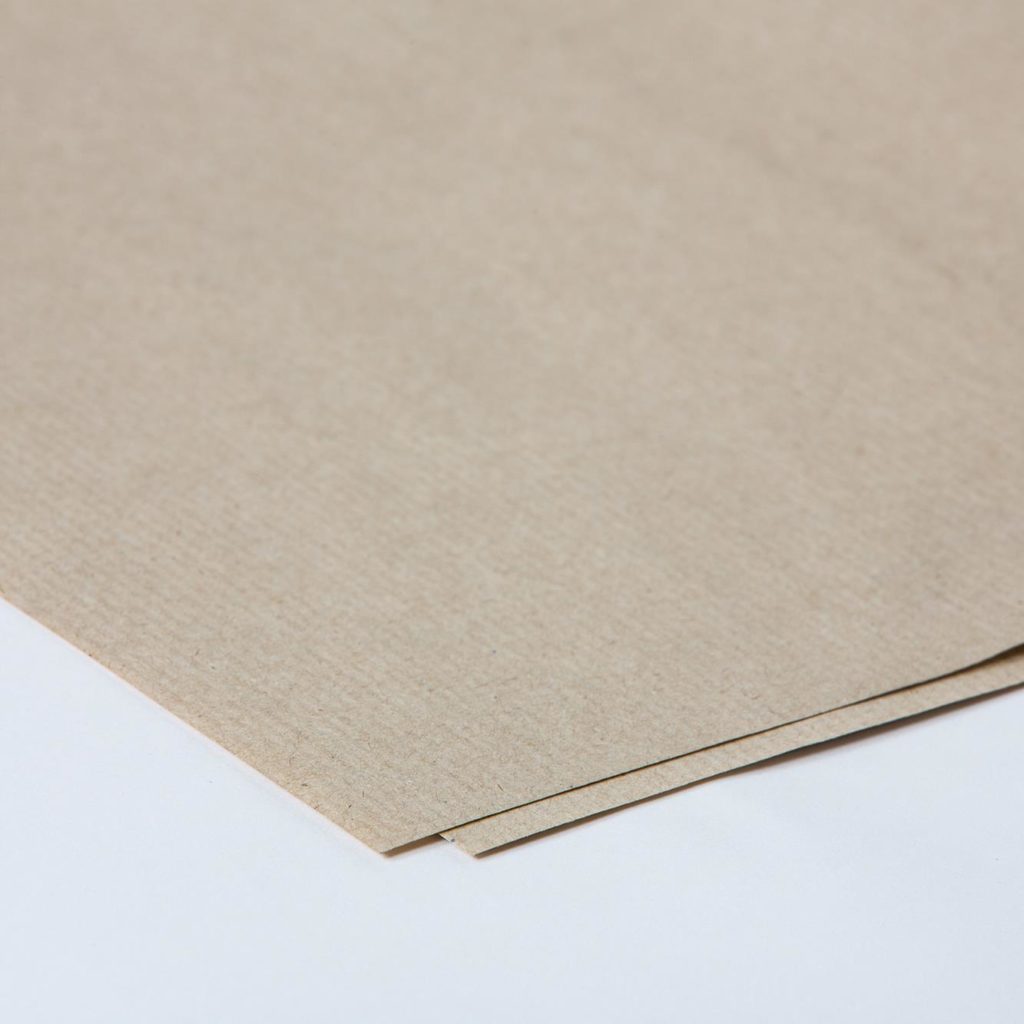Known for its great strength and tear resistance, kraft paper is a product used by many sectors including industry, and food and logistics. What’s more, recycled kraft paper is often commended for its ecological properties, which includes being fully recyclable. The production of recycled kraft paper is also considered virtuous because it recovers previously used kraft paper, recycles it and creates a new paper pulp.
The process of making kraft paper in four steps:
It has to be said that, before you find out about the production of recycled kraft paper, you have to understand how the raw material is produced.
- Step 1: raw materials. It all starts with the raw material: wood. In general, this comes from resinous trees such as fir or pine.
- Step 2: creating the pulp! This wood is then reduced to chips and impregnated which involves moistening and heating it with steam. This is how you get the all-important paper pulp.
- Step 3: pressing and drying. The pulp is then spread out and pressed through large rollers. At the end of this step, thin sheets are obtained which are then dried.
- Step 4: packaging. The final step is to package the sheets produced in the form of spools.
Although kraft paper is a natural and biodegradable product, a lot of energy and water is used in the production process, and especially in the creation of the paper pulp. This is why recycled kraft paper is often preferred because it has less of an impact on the environment.
The process of making kraft paper in four steps:
It has to be said that, before you find out about the production of recycled kraft paper, you have to understand how the raw material is produced.
- Step 1: raw materials. It all starts with the raw material: wood. In general, this comes from resinous trees such as fir or pine.
- Step 2: creating the pulp! This wood is then reduced to chips and impregnated which involves moistening and heating it with steam. This is how you get the all-important paper pulp.
- Step 3: pressing and drying. The pulp is then spread out and pressed through large rollers. At the end of this step, thin sheets are obtained which are then dried.
- Step 4: packaging. The final step is to package the sheets produced in the form of spools.

Good news! No dyes are needed to create recycled kraft paper. Another piece of good news for the environment is that the production of recycled kraft paper requires six times less water and 20 times less wood on average than would be required to produce new kraft paper.
Given its strength and a production process that consumes less water and requires fewer resources, recycled kraft paper is therefore a good eco-friendly alternative! Paprec, the leading recycling business in France and a key player in waste management for the nation, nevertheless points out that during the course of successive paper recycling and paper production operations, the quality of the fibre decreases. Depending on the grade required, “the same fibre can be used an estimated five to seven times on average […] Virgin fibres therefore have to be introduced into the production of the paper pulp in addition to the recycled fibres.”
Request a Quote
